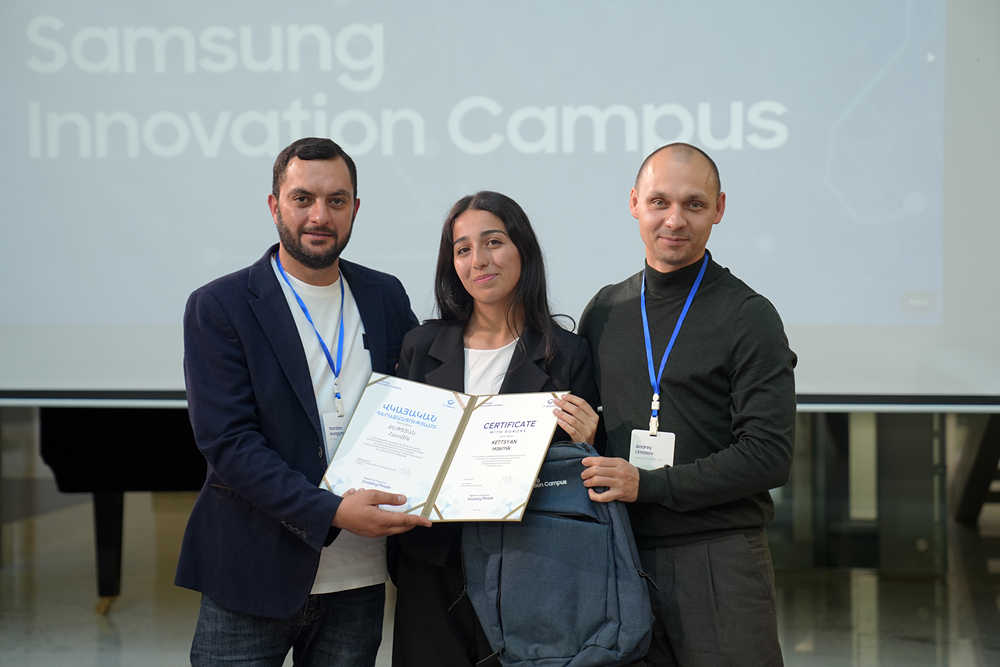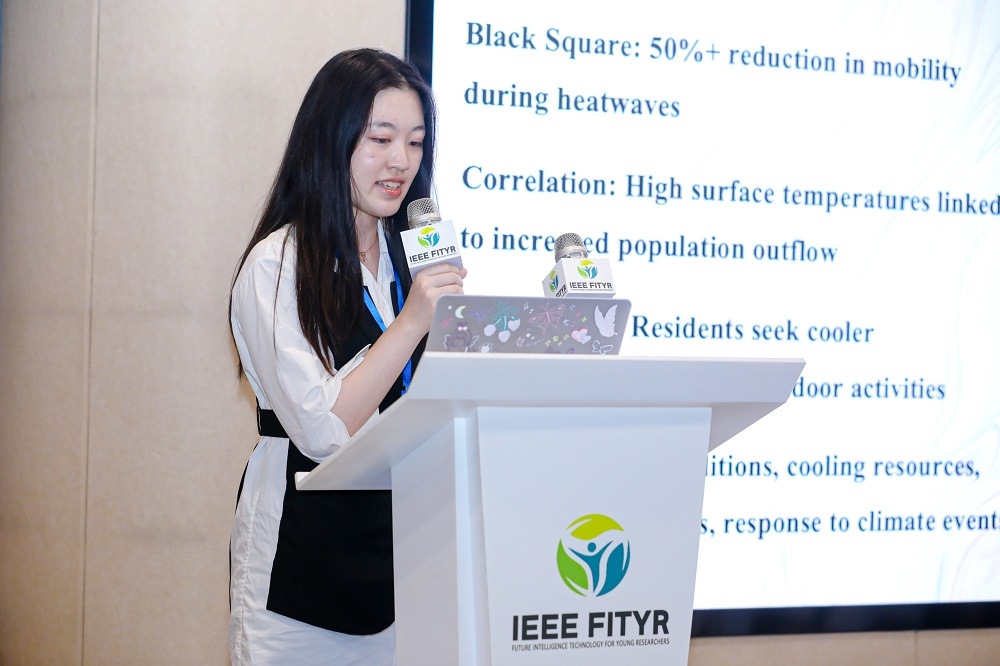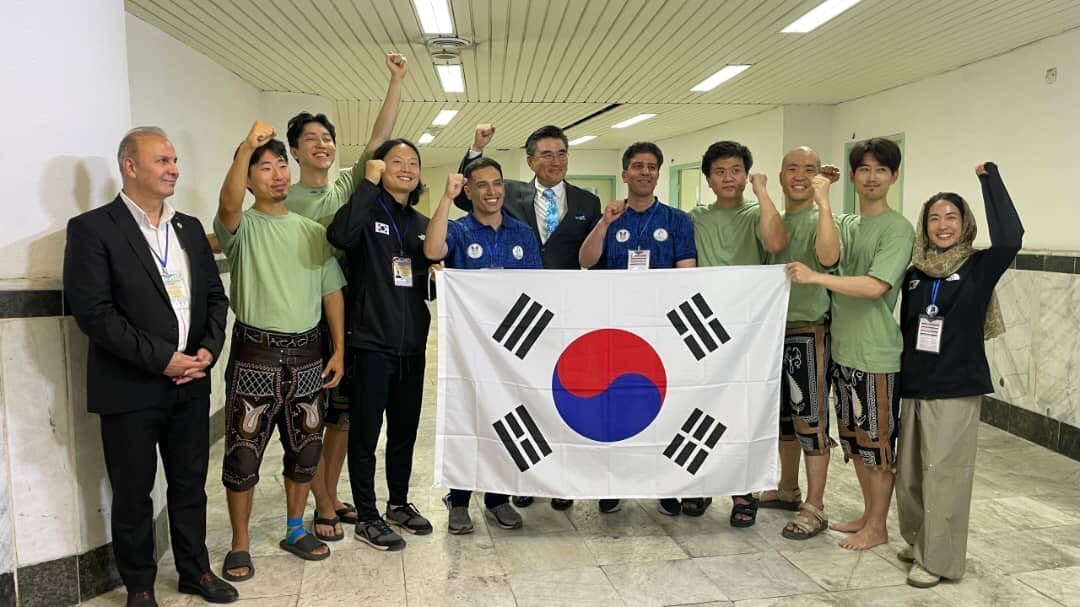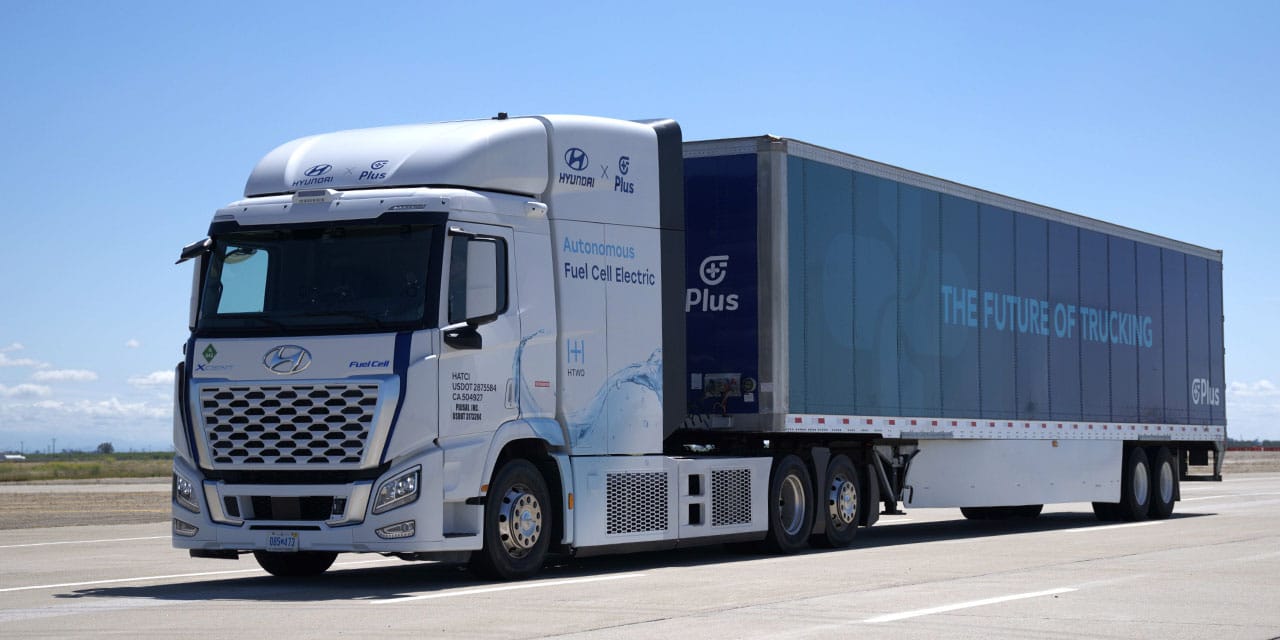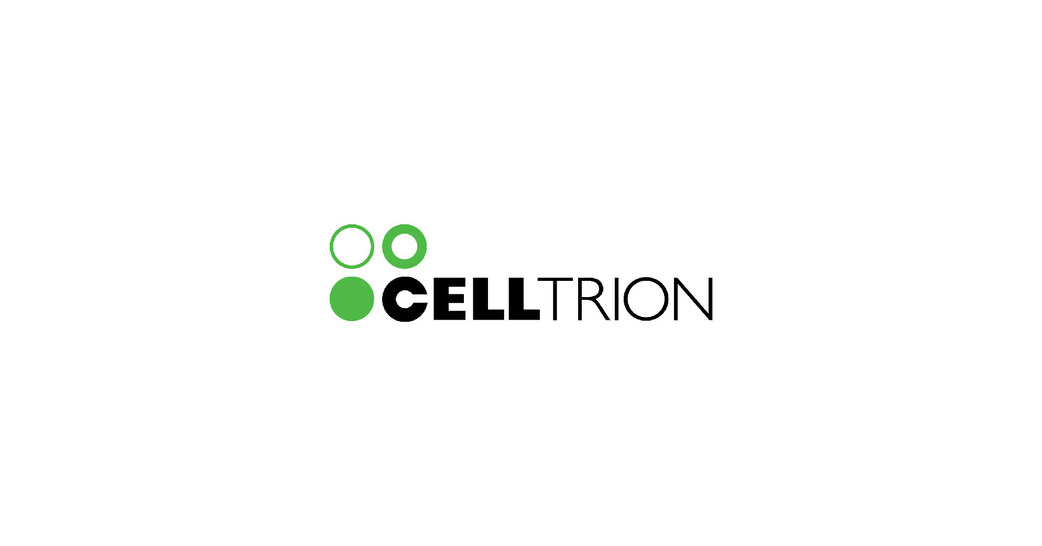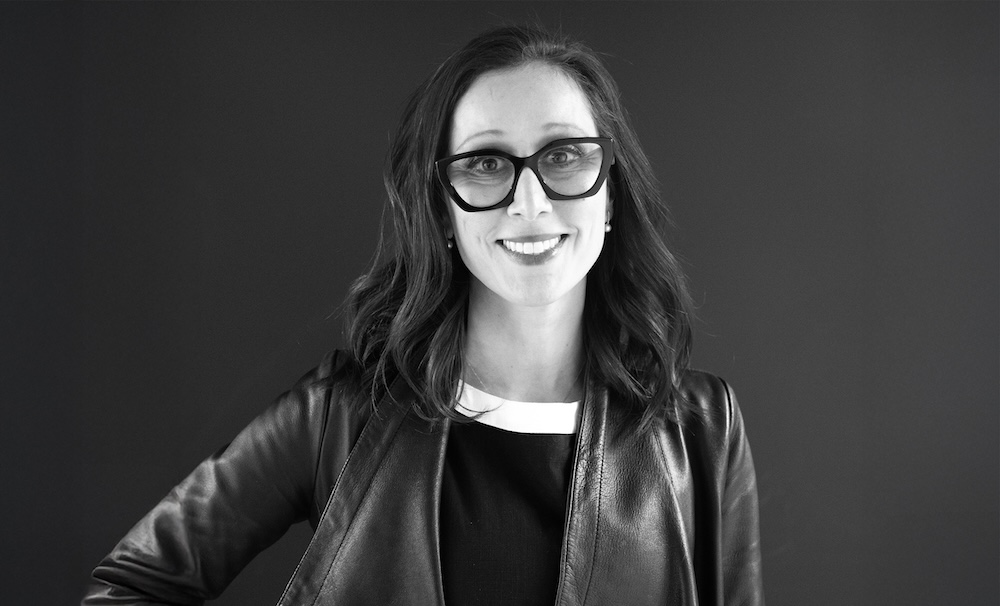The year 2024 was confirmed by the Copernicus Climate Change Service to be the warmest year on record globally, and the first calendar year that the average global temperature exceeded 1.5°C above its pre-industrial level. As climate change intensifies, the financial and regulatory risks facing businesses are under increasing scrutiny. Governments and financial institutions worldwide are aligning corporate reporting requirements with the recommendations of the Task Force on Climate-related Financial Disclosures.
The EU has taken a decisive step by implementing the Corporate Sustainability Reporting Directive (European Commission 2023), mandating around 50,000 companies, including 10,000 foreign companies, to report on climate-related risks from 2025. While disclosure requirements are becoming more stringent, recent studies suggest that corporate climate disclosure is becoming too costly and often a mere box-ticking exercise, with firms engaging in ‘greenwashing’ or selective reporting of non-material risks (Bingler et al. 2022). This raises a crucial question: how can investors, regulators, and consumers ensure they have a clear, standardised, and comparable understanding of climate risks across industries and geographies at a reasonable cost?
In November 2024, European Commission President Ursula von der Leyen announced the Omnibus Environmental, Social, and Governance (ESG) Regulation to consolidate and simplify corporate sustainability reporting obligations. Our background research and this column recommend a methodology that can support the simplification of reporting, while providing comparable and standardised data and maintaining reporting requirements for a large number of companies without extra burden.
A novel and cost-effective approach to measuring climate risk
In our recent research (Erhart et al. 2025), we propose a comprehensive method for assessing corporate climate risks by integrating data from major pollutant release and transfer registers and greenhouse-gas reporting programmes with satellite observations across 30 countries, including Australia, Canada, the EU, and the US. Our study analyses data from 70,000 industrial firms and their 170,000 facilities, offering an unprecedented large-scale approach to evaluating both transition and physical climate risks required by the Corporate Sustainability Reporting Directive and the related European Sustainability Reporting Standard (Figure 1).
Figure 1 Climate change transition and physical risks covered in our study
Notes: ESRS: European Sustainability Reporting Standard. GHG: greenhouse gas.
Data sources: European Environment Agency, EU Pollutant Release and Transfer Register, US Environmental Protection Agency (EPA), EPA Toxic Release Inventory, Facility Level Information from the EPA Greenhouse Gases Tool (FLIGHT), Canadian National Pollutant Inventory, Australian Clean Energy Regulator, National Greenhouse and Energy Reporting, Canadian Greenhouse Gas Reporting Programme, Australian National Pollutant Release Inventory.
Key findings: Climate risks are not uniform
Our research highlights that climate risks manifest differently across industries and locations.
1. Transition risk. Measured through reported greenhouse gas emissions, transition risk is highest for industrial plants in the US. Companies with high emissions may continue to face regulatory and market pressures to decarbonise or risk losing investor confidence in the long run.
2. Physical risk. Assessed via historical data on cooling energy needs (heat risk), flood exposure, and photovoltaic power potential, physical risks are highly location-dependent. For instance, heat risk is more severe for firms in Australia, Southern Europe, and the southern US, while flood exposure is more pronounced in Central Europe and the eastern US (Figures 2 and 3).
Figure 2 Flood exposure (maximum historical water discharge at industrial company sites)
Notes: White bubbles on the map indicate company facilities without historical flood risk, while blue bubbles indicate company facility locations with historical flood risk.
Source: Erhart et al. (2025).
Figure 3 Heat risk of industrial company sites in the sample in cooling degree days
Note: Map colour scale: green is the lowest heat risk (in terms of cooling degree days) and red is the highest. 2019 observations were used.
Source: Erhart et al. (2025).
3. No strong correlation between transition and physical risks. Unlike common assumptions, our findings indicate that transition and physical risks are not necessarily correlated at the company level. Some firms may have low emissions but face high physical risks due to extreme weather exposure, while others with high emissions may operate in less climate-vulnerable locations.
Figure 4 No strong correlation between transition and physical risks
Notes: Combined figure of Pearson correlation ratios and significance levels (upper right cells), indicator histograms (diagonal cells), pairwise scatter plots of indicators (lower left cells). (a) Heat risk (cooling degree days, cdd). (b) Flood risk, maximum historical water discharge (metres). (c) Photovoltaic potential, long-term average daily total of kilowatt-hour (kWh) from optimally tilted 1kWp panel. (d) greenhouse gas (equivalent in kilogrammes, Co2eqKg). 2019 observations were used for the greenhouse gas emissions.
Source: Erhart et al. (2025).
Policy and investment implications
These findings have critical implications for policymakers, investors, and corporate managers.
- Standardising risk disclosure. The lack of correlation between transition and physical risks underscores the need for a more comprehensive risk-assessment framework that captures both dimensions. Current reporting standards should evolve to reflect this complexity.
- Investor strategy and portfolio diversification. Investors need to look beyond headline emissions figures and assess the physical climate risks embedded in their portfolios. Firms with high flood or heat exposure may require additional adaptation investments.
- Corporate risk management. Businesses must develop holistic climate-risk strategies that integrate both mitigation (reducing emissions) and adaptation (enhancing resilience to climate impacts).
A call for better data integration
Our study demonstrates that publicly available pollution registers and satellite observations of physical climate risks offer a valuable, yet underutilised, resource for regular climate-risk assessments. However, these datasets remain fragmented across jurisdictions, limiting their effectiveness for global risk evaluation. We recommend greater international coordination in environmental reporting and data integration to enhance transparency and comparability.
With upcoming regulatory changes, companies, investors, and regulators must adopt more rigorous and data-driven approaches to climate-risk assessment. By leveraging pollution registers and satellite imaging and radar observations, we can gain a clearer and more actionable picture of industrial climate risks, ultimately fostering a more resilient and sustainable global economy.
References
Bingler, J A, M Kraus, M Leippold and N Webersinke (2022), “Cheap talk and cherry-picking: What ClimateBert has to say on corporate climate risk disclosures”, Finance Research Letters 47(Part B).
Copernicus Climate Change Service (2025), Copernicus: 2024 is the first year to exceed 1.5°C above pre-industrial level, Global Climate Highlights 2024.
Erhart, S, S Szabó, and K Erhart (2025), “Integrating pollutant registers for the climate change risk evaluation of industrial companies in Australia, Europe and North America”, Nature Scientific Reports 15(1207).
European Commission (2023), “New rules on corporate sustainability reporting: The Corporate Sustainability Reporting Directive”.
EU (2023), “Regulation of the European Parliament and of the Council of 27 November 2019 on sustainability-related disclosures in the financial services sector”, PE/87/2019/REV/1.
![[International Day of the Girl Child] Samsung Solve for Tomorrow and Samsung Innovation Campus Uplift Girls in STEM – Samsung Global Newsroom](https://afnnews.qaasid.com/wp-content/uploads/2025/10/Samsung-ESG-Citizenship-International-Day-of-the-Girl-Child-SFT-and-SIC-STEM_Thumb728.jpg)
